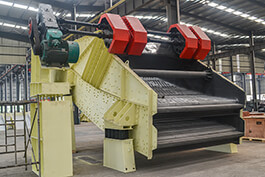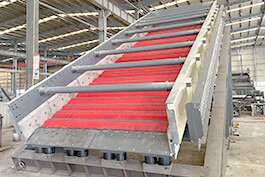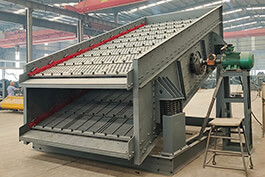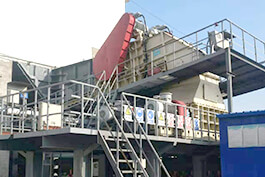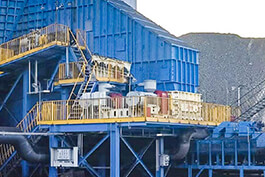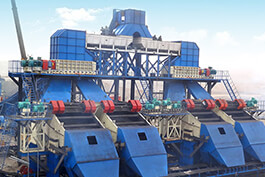An Inner Mongolia Ordos customer placed an order with our company for a large
roller screen. After 60 days of meticulous manufacturing by our production department, it has completed all production processes. Following a 48-hour trial operation test, all performance indicators met requirements. The unit was fully packed on June 16 and is now preparing for shipment.
The screen discs of the roller screen include circular, elliptical, diamond, triangular shapes, etc., and can be selected based on the material being screened. The Inner Mongolia customer needs to screen coal with some moisture. The customer mentioned that their previous screening equipment was prone to clogging. Therefore, based on their screening requirements, we selected elliptical screen discs. Elliptical screen discs generate irregular vibrations during rotation, loosening the material more easily and reducing clogging. Compared to other shapes, elliptical screen discs create larger gap variations during rotation, facilitating the passage of sticky, wet, or agglomerating materials. They are particularly suitable for clog-prone materials like coal, slag, and clay.
The roller screen we designed is equipped with an automatic cleaning device. This automatic cleaning device can promptly remove the adhered materials, maintain the stability of the sieve hole size, ensure that the materials that should be screened and fall down can pass through the sieve holes normally, and prevent a large amount of materials and large particles from entering the end equipment together. It can also prevent the accumulation of materials on the sieve surface, ensure the smooth axial movement of the materials, and further improve the screening efficiency.
The working angle (inclination angle) of the
roller screen's surface is crucial, directly affecting material flow speed, screening efficiency, and clogging risk. Materials move faster at higher inclination angles and slower at lower angles.
1.Inclination range: 0°~5° (small inclination)—Slow material flow speed, longer residence time, finer screening. Suitable for materials requiring precision screening, e.g., sand and gravel.
2.Inclination range: 5°~10° (medium inclination)—Moderate material flow speed, balanced screening precision. A universal working angle.
3.Inclination range: 10°~15° (large inclination)—Fast material flow speed, relatively lower screening precision. Suitable for projects requiring high throughput.
Roller screens can also be classified as single-shaft single-drive or multi-shaft single-drive, meaning one motor can drive either a single shaft or multiple shafts.
1.Single-shaft single-drive: Each shaft has an independent motor-gearbox unit for individual control, typically using a direct-coupled transmission (motor → gearbox → screen shaft). Suitable for sticky, wet, clog-prone materials requiring multi-stage screening.
2.Multi-shaft single-drive: One motor drives multiple shafts (usually 3-5), using gear transmission (motor → gearbox → coupling → screen shaft). Suitable for dry, uniform materials requiring simple screening.
Key factors affecting
roller scren screening:
1.Screen shaft speed: Too high a speed can cause material splashing; too low reduces throughput. Speed should be designed based on material characteristics.
2.Screen disc shape: Circular screen discs are more prone to clogging than elliptical or triangular ones. Asymmetric screen discs offer better anti-clogging effects.
3.Screen shaft spacing: Adjust spacing based on the customer's finished material size. Spacing too large or too small can lead to inadequate screening precision.
4.Material Characteristics:
① Particle Size Distribution (Grain Size Composition)
② Moisture Content (Humidity)
③ Particle Shape
④ Material Density and Specific Gravity


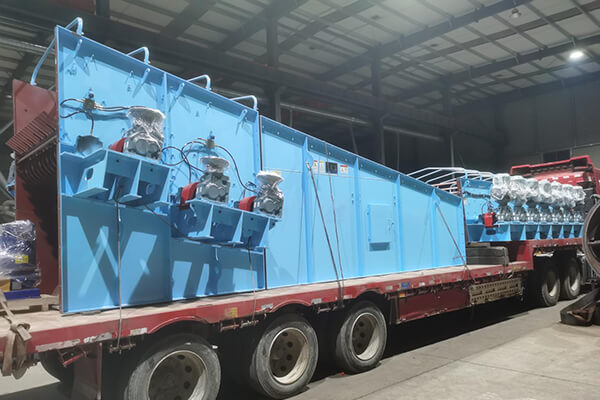
.jpg)
